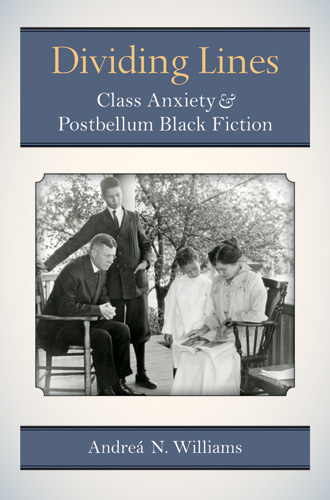Her Mammy’s Daughter: Symbolic Matricide and Racial Constructions of Motherhood in Charles W. Chesnutt’s “Her Virginia Mammy”Posted in Articles, Literary/Artistic Criticism, Media Archive, United States, Women on 2013-08-04 03:05Z by Steven |
49th Parallel: An Interdisciplinary Journal of North American Studies
Issue 16: Autumn 2005
ISSN: 1753-5794
Laura Dawkins, Professor of English
Murray State University, Murray, Kentucky
The black mother in slavery and beyond has inspired a growing body of contemporary literature by African-American women. Following Margaret Walker’s lead in her 1942 poem “Lineage,” and—more famously—Alice Walker’s example in her landmark essay, “In Search of Our Mothers’ Gardens” (1983), a significant number of black women writers have honored their foremothers in poetry, fiction, and memoir. Indeed, the celebratory strain in African-American women’s writings about maternal influence upon their lives and work has been so pronounced that Marianne Hirsch, discussing the pervasiveness of daughterly “matrophobia” in twentieth-century literature, admits that she cannot comfortably include works by black women in her parade of examples, since so many of these writers—in contrast to their white contemporaries—seem determined to avoid any hint of “mother-blame” in both fictional and non-fictional works. Pointing out the “tremendously powerful need [for black women writers] to present to the public a positive image of black womanhood,” Hirsch quotes E. Frances White’s declaration of the African-American woman’s singular obligation to suppress less-than-ideal portrayals of black maternal figures: “How dare we admit the psychological battles that need to be fought with the very women who taught us to survive in this racist and sexist world? We would feel like ungrateful traitors” (177).
Yet according to Mary Helen Washington, the absence of “matrophobia” in works by contemporary black women writers reflects not a suppression of the issue of mother-daughter conflict (as Hirsch and White suggest), and an impossible idealization of maternal influence (such as critic Dianne Sadoff finds in Walker’s essay), but the actual healthy state of affairs between black mothers and daughters. Washington affirms the “generational continuity between [black daughters] and their mothers,” an enduring bond that inspires many African-American women writers to “name their mothers as models,” and to “challenge the fiction of mother-daughter hostility” (160). In Washington’s view, black mothers and daughters, both because of and in spite of the painful historical legacy they share, do not succumb to the anger and upheaval associated with the traditional mother-daughter relationship…
Read the entire article here.


